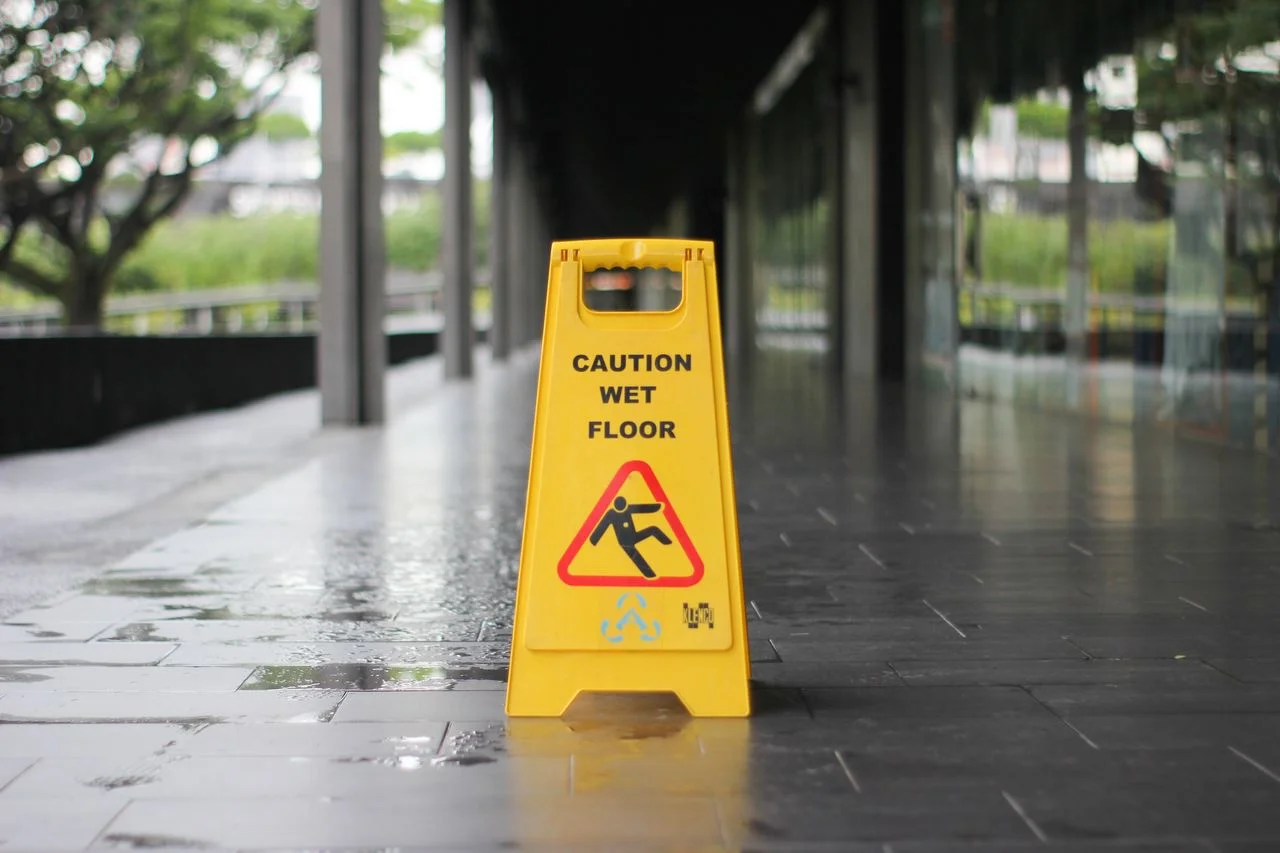Proving Negligence in a Slip and Fall Claim: Key Considerations in South Carolina

Slip and fall accidents can result in serious injuries and financial hardships for victims. When pursuing a slip and fall claim in South Carolina, proving negligence is essential for holding the responsible parties accountable and seeking compensation for your injuries and damages. Here are the key considerations to keep in mind when establishing liability in a slip and fall case in the Palmetto State.
Duty of Care
In South Carolina, property owners and occupiers owe a duty of care to individuals who enter their premises. This duty requires them to maintain their property in a reasonably safe condition and to warn visitors of any known hazards that could pose a risk of harm. Establishing the existence of a duty of care is the first step in proving negligence in a slip and fall case.
Notice of Hazard
To establish liability in a slip and fall case, you must demonstrate that the property owner or occupier had actual or constructive notice of the hazardous condition that caused your injury. Actual notice means that the property owner was aware of the hazard, while constructive notice means that they should have been aware of it through reasonable inspection and maintenance practices. Evidence of prior accidents, complaints, or maintenance records can help establish notice of the hazard.
Dangerous Condition
The presence of a dangerous condition on the property is a critical factor in proving negligence in a slip and fall case. Common hazardous conditions that may lead to slip and fall accidents include wet or slippery floors, uneven or broken pavement, inadequate lighting, and debris or obstacles in walkways. Photographs, witness statements, and incident reports can help document the dangerous condition and establish its role in causing your injury.
Causation
Establishing a causal connection between the hazardous condition and your injuries is essential for proving negligence in a slip and fall case. You must demonstrate that the dangerous condition directly contributed to your fall and resulting injuries. Medical records, expert testimony, and witness statements can help establish the link between the hazardous condition and your injuries.
Comparative Negligence
In South Carolina, the doctrine of comparative negligence may affect the outcome of a slip and fall case. If you are found to have contributed to your injuries by failing to exercise reasonable care for your own safety, your compensation may be reduced proportionally to your degree of fault. However, if you are deemed to be more than 50% at fault for your injuries, you may be barred from recovering any compensation.
Consultation with an Attorney
Given the complexities of proving negligence in a slip and fall case, consulting with a knowledgeable personal injury attorney is advisable. An attorney can assess the specific facts of your case, gather evidence, and advocate on your behalf to ensure that your rights are protected. They can also navigate the legal process and pursue maximum compensation for your injuries and damages.
Conclusion
Establishing liability in a slip and fall case in South Carolina requires careful consideration of several key factors. By understanding the duty of care owed by property owners, providing evidence of notice of the hazardous condition, documenting the dangerous condition, establishing causation, and addressing comparative negligence, you can strengthen your case and increase your chances of obtaining fair compensation for your injuries and losses. If you’ve been injured in a slip and fall accident, don’t hesitate to seek legal guidance to protect your rights and pursue justice.